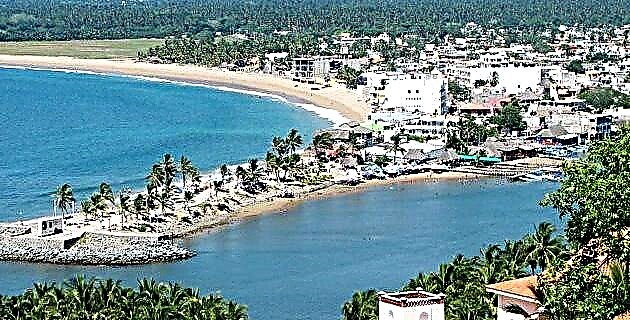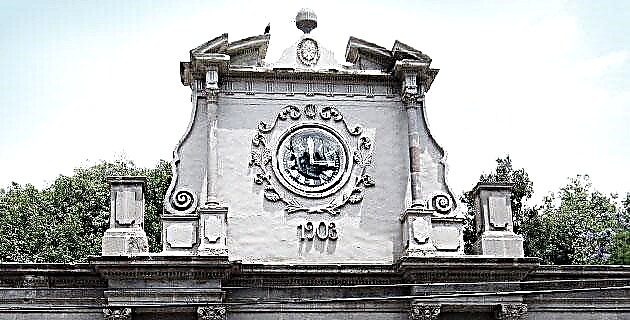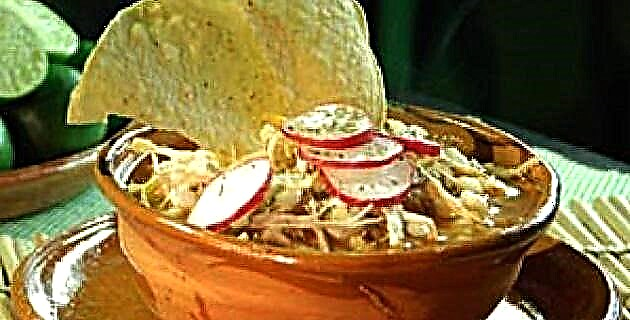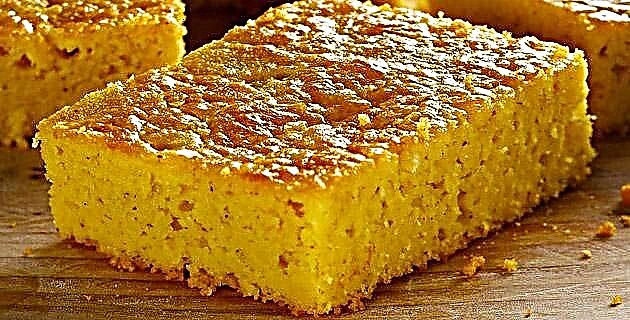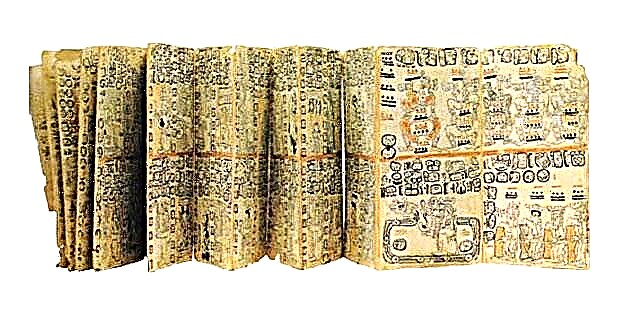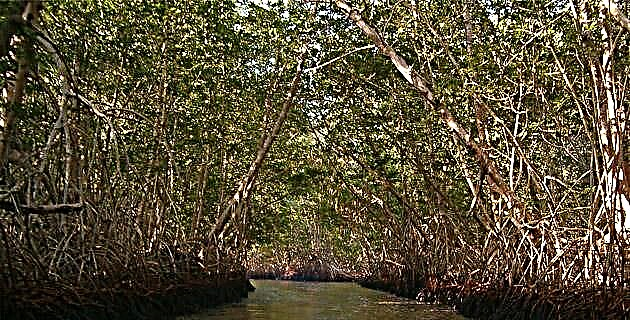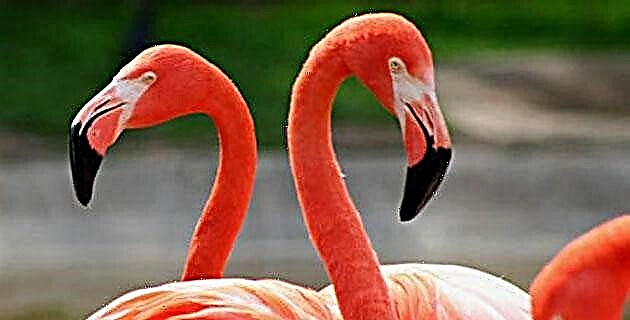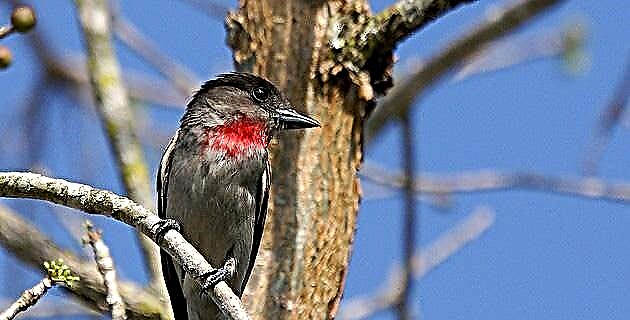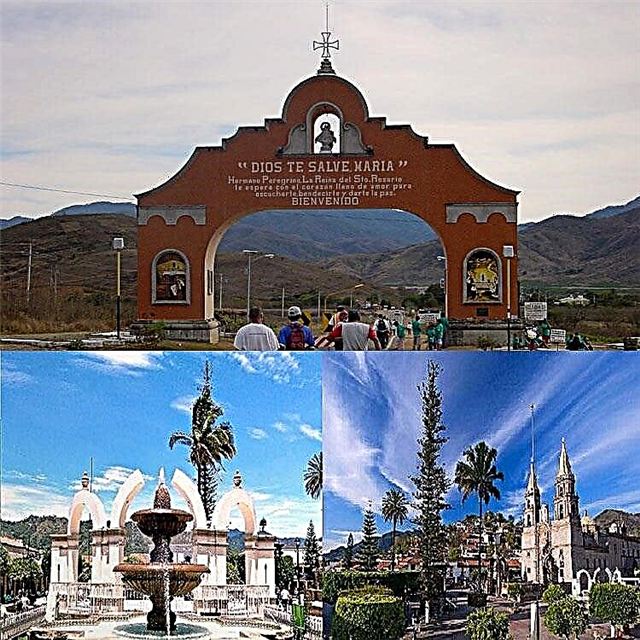East Magic Town Jalisco is famous for its Virgin of Talpa, but it offers many other charming attractions that we invite you to know with this complete guide.
1. Where is Talpa de Allende and how do I get there?
Talpa de Allende is the small head city of the Jalisco municipality of the same name, located in the western part of the state. The Magic Town is surrounded by the municipal entities of Puerto Vallarta, Mascota, Atenguillo, Tomatlán and Cabo Corrientes, all belonging to Jalisco. The closest large city to Talpa is Puerto Vallarta, located 128 km along the Jalisco 544 highway. Guadalajara is 203 km along Mexico 70, while Tepic, the capital of Nayarit, is located 280 km along the route to Puerto Vallarta. and 353 km with the course of Guadalajara.
2. How did the town arise?
The pre-Hispanic settlement was the capital of the Tlallipan chiefdom, founded by Nahua Indians. Around 1532, the Spanish conqueror Nuño de Guzmán sent the first emissaries from present-day Tepic and divided the territory among his main lieutenants. The first Hispanic town was founded in 1599 with the name of Santiago de Talpa. In 1871, Porfirio Díaz took refuge in Talpa, posing as a bell maker. The town hall was established in 1844 and in 1885 the town was elevated to the rank of a town, expanding its name to Talpa de Allende, in honor of the Insurgent Ignacio Allende. In 2015, Talpa de Allende was declared a Magical Town.
3. What is the local climate like?
Talpa enjoys a pleasant temperate climate, thanks to its altitude of 1,155 meters above sea level. The warmest month is June, when the thermometer reads 23.2 ° C; while the coldest is January, with 17.7 ° C. Occasionally there may be a heat close to 33 ° C, in the middle of summer and the extreme cold of winter can be around 9 ° C. In Talpa de Allende it rains 1,045 mm a year, with a rainy season that runs from June to October. Between November and May it hardly rains in the Magic Town.
4. What are the main attractions of Talpa de Allende?
Talpa attracts tourists from its very welcome arch. The historic center, with its famous Basilica de la Virgen de Talpa, is one of the most visited places in the whole country, especially at Easter, on the occasion of the massive Pilgrim Route. The immersion in the history and legends of the famous Virgin continues in its museum, while other sites of great interest for architectural and religious tourism are the Parroquia de San José and several chapels. The main natural area of the municipality is the Maple Forest. The calendar is full of religious and civil festivals in Talpa, with the Semana Mayor and the Guayaba Fair standing out. Very close to Talpa is also the Magic Town of Mascota.
5. What are the welcome arch and the historic center like?
The beautiful welcome arch to Talpa is located at the entrance of the Magic Town and was inaugurated in 1999. In the center of the historic center, in front of the Virgen de Talpa basilica, is the Main Square, with a simple kiosk and tree-lined spaces . Another emblematic construction of Talpa de Allende is the Calzada de las Reynas, an esplanade with religious images and beautiful garden areas inaugurated in November 2004 to more comfortably accommodate the large number of people who crowd the city on the occasion of traditional pilgrimages.
6. Why is the Basilica of Our Lady of Talpa distinguished?
This beautiful temple that houses one of the most revered images in Mexico was built in 1782. The entrance to the rectangular atrium is through three imposing gray stone portals with semicircular arches supported by strong fluted columns of composite capital. The façade of the church is made of quarry, with two bodies, a top and Solomonic columns. Between the columns there are niches with sculptures on bases. At the top there is a niche with a sculpture of the Virgen del Rosario de Talpa and a clock above it. The temple has two twin towers of two bodies crowned by pyramidal structures. Inside, the sculpture of the Virgin, the main altarpiece, the golden decoration and the paintings of the evangelists stand out.
7. What is the importance of the Pilgrim Route?
This road traveled by about 3 million people at Easter and thousands of others the rest of the year, part of the city of Ameca, passing through various municipalities in Jalisco and ending at the Basilica of the Virgin of Talpa. The route is 117 km long. and on the way there are viewpoints, sanctuaries and basic services, including lodgings and rest sites. From the three viewpoints, located two in Atenguillo and one in Ameca, there are splendid views of the Sierra Madre Occidental. The three hermitages are located in Ameca, Mixtlán and Mascota; and there is also a spectacular 18-meter-high image of the Virgin of Gratitude.
8. What can I see in the Museum of the Virgen del Rosario de Talpa?
This interesting museum was built on an area of 522 square meters in which the parish priests' lodging functioned. The old building was demolished and the museum opened in May 1995, with a colonial architectural design by Alejandro Canales Daroca. The religious museum located on Calle Vicente Guerrero 6 in the historic center, is always full of visitors in times of pilgrimages. The sample includes different costumes that have been dressed by Our Lady of Talpa, most of them donations from grateful faithful; priestly ornaments, ancient sculptures, sacred chalices, pennants, scrolls, books and paintings.
9. What is the Parroquia de San José like?
The church of Señor San José is a Spanish colonial-style religious building erected at the beginning of the 17th century, of utmost importance for the devotees of the Virgin of Talpa, since according to tradition, it was in that place where the image of Our Lady of Talpa was miraculously renewed. Legend has it that on September 19, 1644, the image of the Virgin of Talpa, made of cane pulp, was to be solemnly buried in the temple because it was too deteriorated. At the time of attempting the burial, the Virgin emitted a glow within the hole, miraculously renewing herself.
10. What are the main chapels?
Talpa has several chapels of both artistic and religious interest. The Chapel of San Miguel also receives the colloquial name of Capilla del Diablo, for the image of the Archangel Michael defeating the devil. The Chapel of San Rafael, located on Calle Independencia, has a large portal with a semicircular arch and a tower with two sections; the first body houses the bells and a clock is installed in the second. The Chapel of San Gabriel is of modern architectural style and is located in the Barrio de Arriba. The simple Chapel of the Resurrection was erected in the 1940s.
11. Are there other buildings and monuments of interest?
The Municipal Palace of Talpa is a spacious and sober two-story building, colonial style, located at Independencia 32 in the historic center, built at the beginning of the 19th century, although it has undergone several adjustments, always preserving its austere and traditional style. . Inside it has a central courtyard surrounded by arches with lowered arches on both levels. Another symbolic place in Talpa is the Monument to Christ the King, a figure of Jesus located on a large pyramidal pedestal, located on the hill of the same name. The place is a viewpoint with excellent panoramic views of Talpa.
12. When is the Guava Fair?
Talpa de Allende is an area of excellent guavas and the nutritious fruit has its fair, which takes place during the third week of November. At the event, the artisans exhibit the different ways of using the pulp and the hulls of the guava, such as the traditional rolls, leathers, dried apricots and jellies. The fair chooses its queen and there are cultural events, such as village theater and folkloric ballet; traditional sports competitions and livestock exhibition. Exhibitions and contests of artistic pieces are also held in the Municipal Palace and other public spaces.
13. What is the relevance of the Maple Forest?
Despite the fact that the maple is the emblematic tree of Canada, appearing in its national symbols, this Mexican forest is as rich in species as the most complete in the northern country. In the almost 60 thousand hectares of the forest, apart from maples, there are pines, oaks, arboreal ferns and other specimens of flora. The variety of biodiversity in the Talpa de Allende Maple Forest has made it an open-air laboratory in which university scientists investigate the best ways to preserve its rich fauna and flora.
14. What are the main festivals in Talpa?
The annual calendar is full of festivals in Talpa de Allende, combining religious fervor with the fun of popular shows. Between March 11 and 19, Señor San José is celebrated and in the Greater Week it is the great event of the massive pilgrimage. Between May 4 and 12, the anniversary of the coronation of the Virgin of Talpa is commemorated and July 25 is the Santo Domingo festivities in the La Mesa neighborhood. On September 10 is the traditional ceremony of the Bath of the Virgin and on September 19 its Renewal is commemorated. November 22 is the feast of Santa Cecilia in La Parota.
15. How are the crafts and gastronomy of the town?
Local crafts revolve around the work of the chilte, with which they make baskets, furniture and other pieces for use in the home. They also make attractive leather pieces, such as huaraches and belts. The culinary art of Talpa de Allende brings together the best of Jalisco, standing out the birria prepared in the most traditional way. The tamales, the chicken tostadas, the gorditas and the pozole are regular dishes at all the tables. In the confectionery, the champion is guava in all its forms, although you can also enjoy delicacies with other fruits, such as peach, nance, pineapple and capulín.
16. What is there to see and do in Mascota?
Just 30 km north of Talpa is the Jalisco Magical Town of Mascota, with interesting architectural attractions, such as the Main Square, the Municipal Palace, the Parish of Nuestra Señora de los Dolores and the Unfinished Temple of the Precious Blood of Christ . Other cultural attractions of Mascota are its museums, among which the Archeology Museum, the El Pedregal Museum, the El Molino Museum and the curious Raúl Rodríguez Museum stand out. In addition, Mascota has a large number of natural sites, such as the El Molcajete Volcano, the Juanacatlán Lagoon, the Corrinchis Dam, the La Narizona Stone and several canyons.
17. Where can I stay?
The Hotel La Misión is next to the basilica, in a colonial-style building. Hotel Los Arcos, on Calle Independencia, is another accommodation with an attractive construction and all the basic services. The Chuyita Hotel, also in Independencia, two blocks from the Main Square, stands out for its spacious and clean rooms. The Pedregal Hotel, on June 23rd, has comfortable rooms and careful attention. Other accommodation options in Talpa are Hotel Providencia, Hotel Renovación, Posada Real, Hotel María José and Hotel Santuario.
18. What are the best places to eat?
The Casa Grande Restaurant, located in Panoramica 11, is reputed to be one of the best in Talpa de Allende. To taste the typical Jalisco birria there are several recognized places, such as El Portal del Famoso Zurdo, Birrlería La Talpense and Lupita Restaurant, which offer the traditional dish with goat, pork and beef. If you fancy sea food, you can go to La Quinta or El Patio Restaurant, located in the Los Arcos Hotel, where they also have Mexican delicacies on the menu.

Did you like our guide to Talpa de Allende? We hope it will be useful to you on your next visit to the Magic Town, hoping that you can leave us a brief note about your experiences in the Jalisco town. See you soon again.

